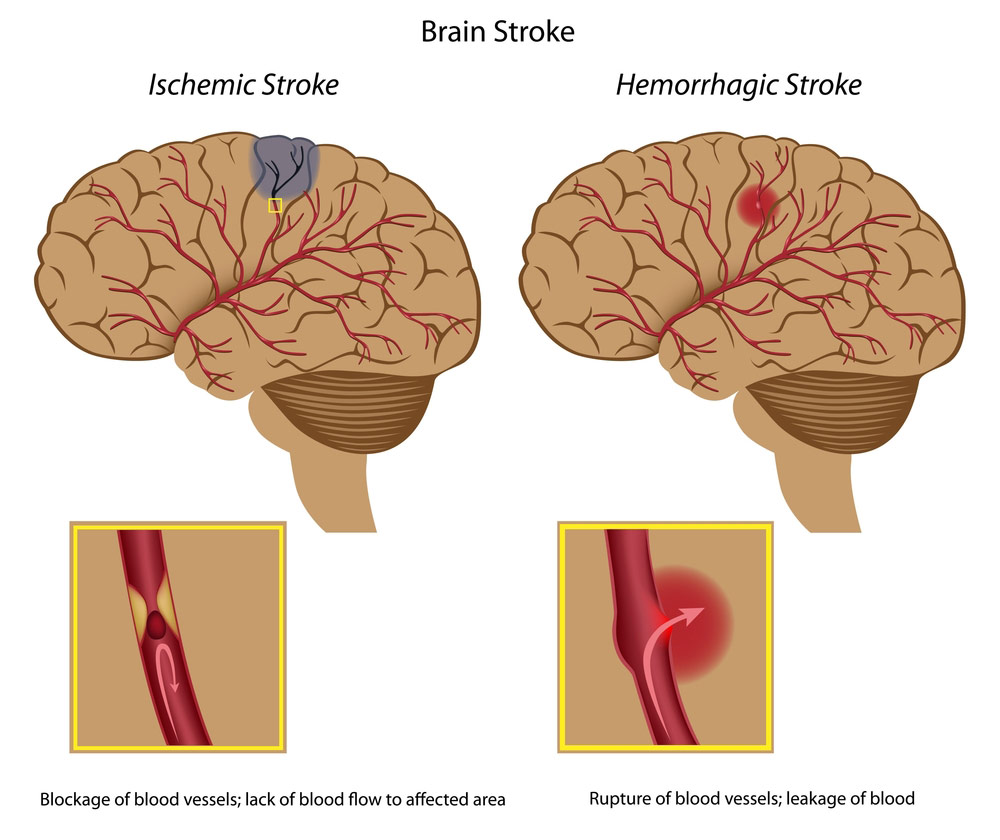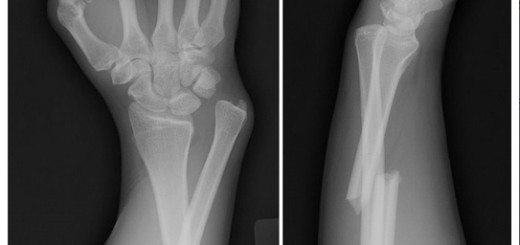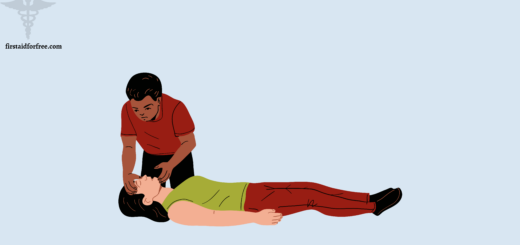First Aid for a Suspected Stroke (Brain Attack)
A stroke is a brain attack which occurs when brain cells become starved oxygen due to an interruption in blood supplying the brain.
A stroke, like a heart attack, requires urgent time-critical medical attention. The term ‘Brain Attack’ is used when describing strokes to convey the urgency of the situation.
There are two main types of stroke:
- Ischemic stroke: an artery in the brain becomes blocked
- Hemorrhagic stroke: a ruptured blood vessel causes bleeding into the brain (intracranial hemorrhage).

Ischemic stroke is the most common type of stroke. The only way to tell the difference between the two types of stroke is by performing a brain scan (CAT scan) in hospital.
When a stroke occurs, brain cells die in the immediate area because they are no longer receiving the oxygen and nutrients needed to function.
Stroke is most common in the elderly, but people of any age and any level of physical fitness can suffer a stroke.
Stoke vs TIA
Stroke – permanent damage to the brain tissue through oxygen starvation (blocked vessel) or pressure (bleeding). There is permanent damage to the brain, resulting in physical and/ or sensory impairment.
Transient ischemic attack (TIA) is when the signs of stroke are present but goes away within 24 hours. The term TIA is used sometimes referred to as a ‘mini-stroke’, which is a temporary condition usually caused by a transient blockage of the brain’s blood vessels.
TIA’s should be regarded as a warning sign that the person is at risk of a stroke and should be investigated promptly.
A suspected TIA should never be ignored.
Stroke Signs and Symptoms
The FAST test
- Facial weakness. Can the person smile? Is there any facial droop?
- Arm weakness. Can the person raise both arms and keep them there?
- Speech problems. Can the person speak clearly and understand what you say?
- Time to call for emergency medical help
Other Symptoms of Stroke
There are many other signs and symptoms of a stroke. The exact signs and symptoms will depend on the area of brain affected by the stroke.
- Sudden severe headache
- Sudden nausea and/or vomiting
- Lost or blurred vision in one or both eyes
- Unequal pupils
- Paralysis, numbness, weakness or loss of coordination of limbs, usually on one side of the body
- Dizziness, loss of balance
- Difficulty swallowing
- Urinary incontinence
- Brief loss of consciousness
- Unconscious – ‘snoring’ respirations
- Seizures





